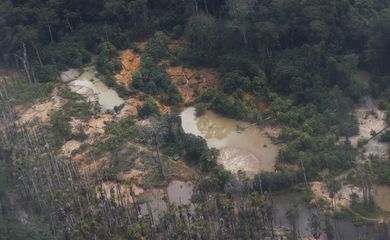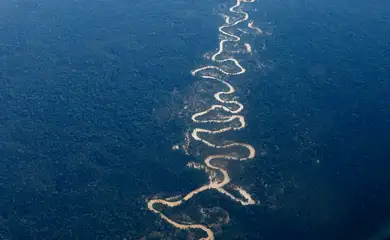Rivers in the Amazon at high risk of mercury contamination

A study by NGO WWF-Brasil indicates that four basins in the Amazon—where indigenous territories are under threat from illegal mining—are facing a high risk of mercury contamination, above levels considered safe.

The results indicate an “extremely high risk” of contamination in more than half of the sub-basins examined. The projection was made using a probability model developed by the US Environmental Protection Agency.
The model used data from the Mercury Observatory on the distribution and accumulation of the metal in the basins of the Tapajós (in the states of Pará, Mato Grosso, and Amazonas); Xingu (Pará and Mato Grosso); and Mucajaí and Uraricoera rivers, the last two in northern Roraima, home to the Yanomami.
Mercury concentrations are found to be lower in the headwaters and increase along the course of the river. Mercury accumulates in the food chain, especially in fish consumed by locals.
According to Vitor Domingues, an environmental analyst and one of the people responsible for the study, one of the major challenges is the scarcity of sample data, which is why data need to be projected.
Among WWF-Brazil’s recommendations are the implementation of monitoring efforts that are better adapted to the conditions of the different sub-regions and the creation of an information system to support government plans.








